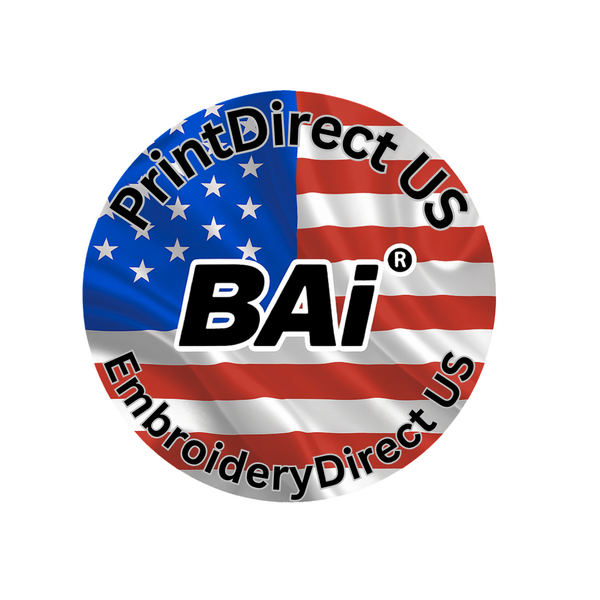
Unleashing Versatility: DTG Printing on Different Fabrics
Share
Direct-to-Garment (DTG) printing has revolutionized the apparel industry by offering unprecedented flexibility and quality in garment customization. One of the remarkable aspects of DTG printing is its versatility across various fabric types. In this blog, we delve into the challenges and techniques involved in DTG printing on different fabrics, highlighting its adaptability and potential for creative expression.
Cotton Fabrics: Cotton is a staple fabric in the garment industry known for its breathability and comfort. DTG printing on cotton presents relatively fewer challenges due to its absorbent nature, allowing inks to bond effectively with the fibers. However, achieving vibrant colors and sharp details requires proper pretreatment to ensure optimal ink adhesion. The key lies in balancing pretreatment application to prevent excessive saturation while ensuring color richness.
Polyester Blends: Polyester blends have gained popularity for their durability and moisture-wicking properties, making them ideal for sportswear and activewear. DTG printing on polyester blends necessitates specialized techniques to address challenges such as dye migration and limited ink absorption. Utilizing polyester-friendly pretreatment solutions and adjusting printing parameters can enhance color vibrancy and durability on these fabrics.
Performance Fabrics: Performance fabrics, including spandex and nylon blends, are favored for their stretchability and resilience. However, their synthetic composition poses challenges for ink adhesion and color retention. DTG printing on performance fabrics requires meticulous pretreatment application and curing methods to ensure optimal adhesion without compromising flexibility. Innovations in ink formulations and curing technologies have significantly improved results on these challenging substrates.
Dark-Colored Garments: Printing vibrant designs on dark-colored garments is a common demand in the apparel industry. DTG technology has evolved to meet this challenge, offering white ink capabilities for underbase printing. Achieving crisp and vivid prints on dark fabrics involves precise color management, proper pretreatment for white ink adhesion, and meticulous curing to prevent color bleed or fading over time. Advanced DTG systems enable intricate designs with multiple layers of white and colored inks, showcasing the technology's versatility on dark substrates.
Conclusion: DTG printing continues to redefine garment customization with its versatility across a wide range of fabrics. By addressing specific challenges and employing tailored techniques, DTG technology empowers designers and businesses to unleash creativity on cotton, polyester blends, performance fabrics, and dark-colored garments. Embracing the nuances of each fabric type and leveraging advancements in DTG technology, the possibilities for vibrant, durable, and expressive prints are limitless, making DTG a preferred choice for modern apparel customization.
